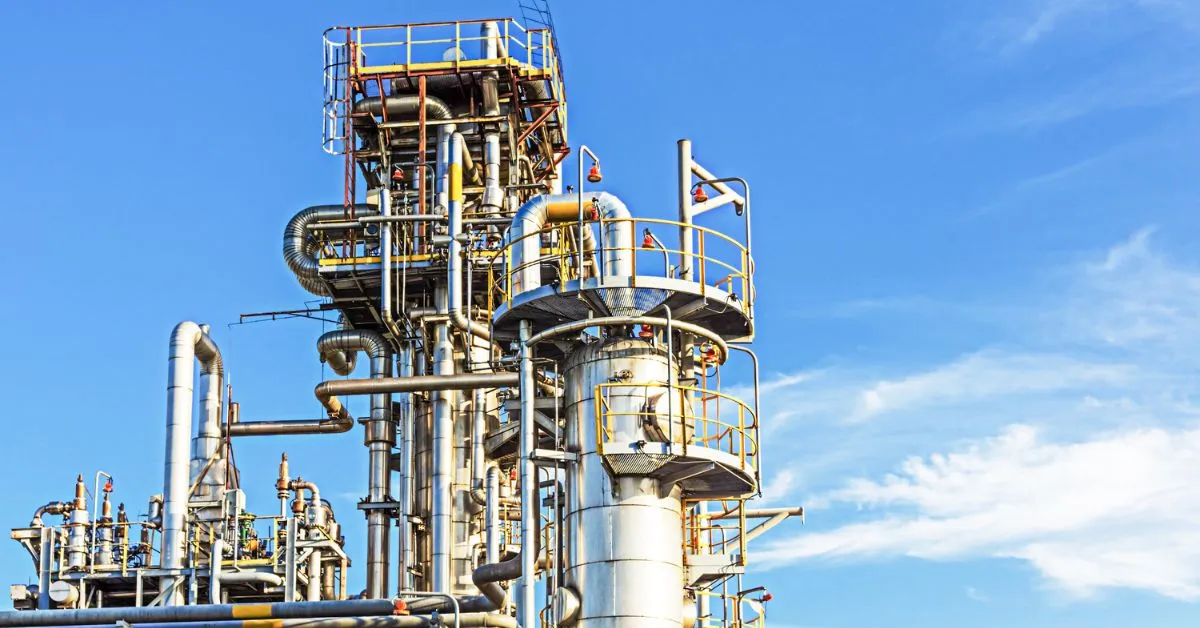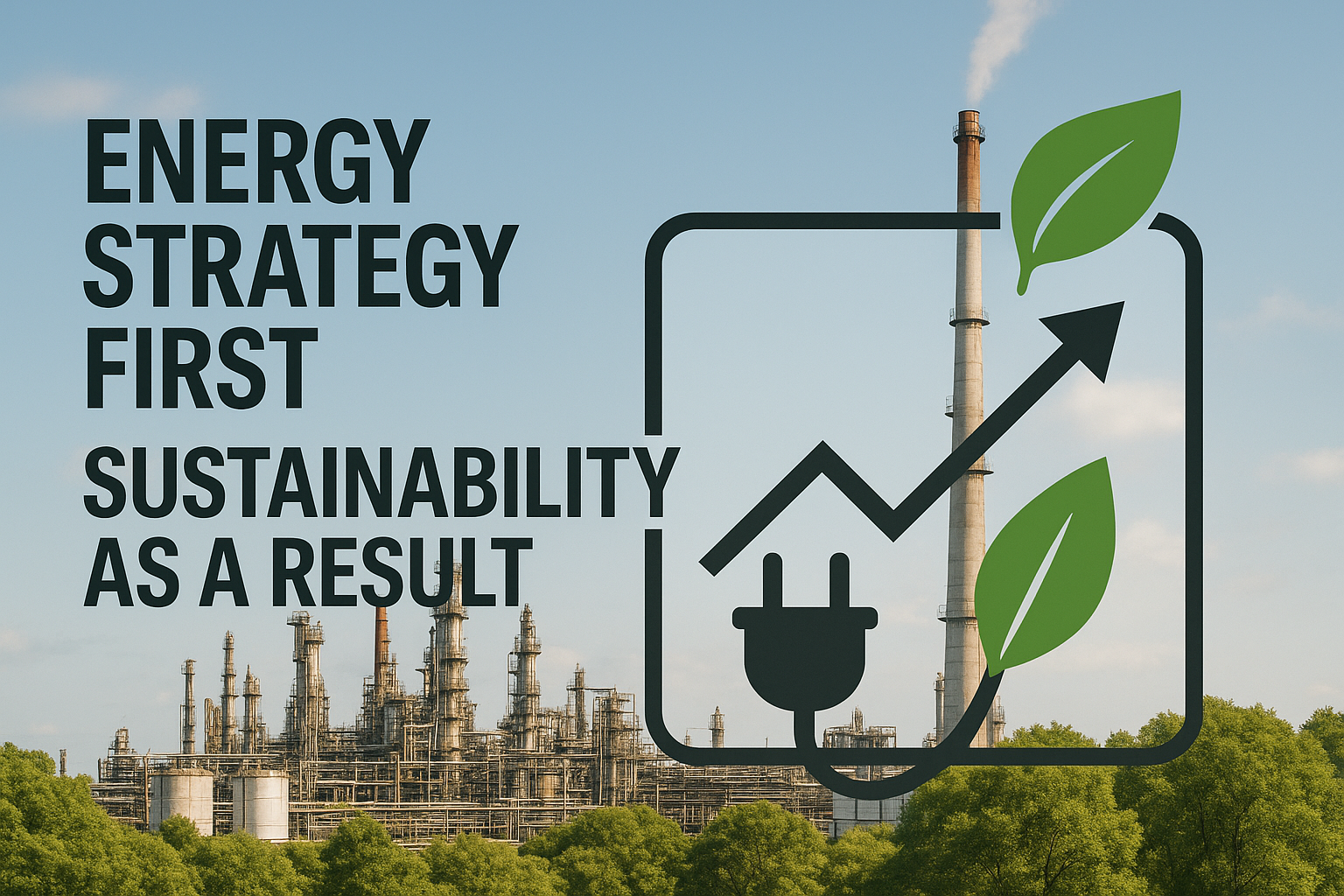Across refinery distillation units, even a 0.5–1 vol% distillation yield loss is commonplace, and on a 200 kbpd crude slate, that slip can erase tens of millions in annual profit. Reclaiming this value with traditional methods remains difficult: high operating temperatures drive up fuel costs, accelerate equipment wear, and risk thermally degrading valuable compounds, while separation efficiency plateaus when boiling points overlap.
Industrial AI changes that. Deep learning models and closed-loop control break through those physical and operational limits and continuously learns from your full-resolution historian data and writes optimized set points back to the DCS in real time. AI can deliver 20–30% gains in productivity, speed to market, and revenue through incremental value at scale.
This article explores three proven, hardware-free approaches using these AI techniques to uncover hidden yield, tighten cut points, and slash giveaway, so you can grow profits without a capital project.
1. Uncover Hidden Yield Opportunities in Distillation Yield
AI techniques analyze years of plant data to uncover yield-enhancing correlations traditional operations miss. These models continuously predict optimal set-points, write them to your DCS, and learn from results in real time—all using existing data streams without hardware modifications.
Unlike traditional controls that rely on static rules and simplified equations, AI digests comprehensive operating history to recognize complex multi-variable interactions, such as how condenser temperature and reflux-drum level jointly affect diesel recovery.
Implementation requires minimal plant disruption. Vendors handle data preparation while your engineers provide constraints and validate results during a brief advisory phase. Operators maintain full override authority in closed-loop mode, and modern data pipelines automatically address quality concerns by flagging anomalies and retraining models.
Benefits materialize quickly with no capital project delays. As optimal set-points are implemented, energy consumption typically decreases alongside yield improvements. Engineers can lock in identified “sweet-spot” operating conditions for sustained profitability. Track performance by establishing a 90-day baseline before activation, then monitor key metrics: yield percentage (incremental product reaching blend headers), energy per barrel, and unaccounted-for losses. These real-time indicators confirm the model is delivering tangible, profitable improvements.
2. Optimize Cut Points in Real Time with Closed-Loop AI Control
Tower cut points, those precise temperatures and pressures where you draw each product from a column, decide whether every barrel of feed becomes high-value diesel or low-margin residue.
A few degrees too conservative and you leave profit in the tower; too aggressive and you risk off-spec streams that disrupt downstream units. While traditional Advanced Process Control (APC) does real-time adjustment, it’s working towards targets that are set daily or weekly at best. In contrast, Closed Loop AI Optimization (AIO) continuously adjusts targets, squeezing extra value from every minute of operation.
Deep-cut studies illustrate the upside. By lowering tower pressure and extending the “cut” deeper into the crude curve, refiners have lifted heavy vacuum gas oil recovery by several percent, generating millions in annual profit without investing in plant equipment. The incentive is even stronger when you factor in sustainability: optimized towers and broader operational improvements can drive significant emission reductions.
This is accomplished by running an AI Optimization engine that evaluates thousands of multivariable scenarios every few seconds. It learns from years of historical, laboratory, and linear-program (LP) model data to predict how a shift in flash-zone temperature, draw-tray pressure, or pumparound rate will ripple through product yields and quality.
Unlike rule-based schemes, the model recognizes non-linear interactions—such as how lower flash-zone pressure can offset a surge in metals contamination—and updates set-points continuously, writing approved changes back to the DCS while leaving you full override authority.
To keep the program on track, monitor a focused KPI stack: margin $/bbl at the column model, calculated daily against the planning model; specification variance, expressed as percentage deviation from sulfur, flash point, or metals targets; steam per barrel and CO₂ per barrel to verify sustainability improvements; frequency of operator overrides and model prediction error to ensure trust and transparency.
3. Slash Giveaway and Off-Spec Losses Through Predictive Quality Control
When sample results arrive hours after product has already shipped, you end up downgrading conservatively to avoid mislabeling product quality. AI techniques change that dynamic by building soft sensors—statistical models that infer quality properties from the high-frequency signals already flowing through your historian. With an accurate, always-on view of purity, density, or flash point, you’re no longer flying blind. You can edge set-points closer to spec limits instead of leaving a safety cushion that quietly erodes yield.
Giveaway is the margin you forfeit when product consistently exceeds required quality. Off-spec losses occur when quality falls short and material must be re-blended, reprocessed, or downgraded. In a typical column, even a small one-degree cushion can translate to thousands of barrels per month of giveaway.
The inferential workflow starts with historical sensor and sample results. Data scientists clean the archives, align timestamps, and train regression or time-series models that map process conditions to outcomes. Once validated, the soft sensor runs in real time, streaming quality estimates to the DCS.
Operators—or a closed-loop AI optimization solution—use those predictions to tighten cut points, adjust reflux, or trim steam flow before a batch drifts. Ongoing comparison with fresh sample results recalibrates the model so accuracy keeps pace with catalyst age, ambient swings, and feed variability.
Plants that deploy this approach see three main results:
- Reduced Giveaway – Production stops right at the specification line, eliminating excess quality margins that erode yield
- Fewer Off-Spec Events – The model flags impending deviations early enough for corrective moves, preventing quality excursions
- Lower Energy Intensity – Reboiler duty and reprocessing cycles decrease as quality uncertainty is removed from the equation
Industrial sites using AI-driven quality control report significant reductions in scrap and rework, along with more consistent throughput across shifts.
Transparency drives adoption while enhancing sustainability. Variable-importance charts provide clear visibility into model logic—when column pressure suddenly gains significance, engineers can investigate equipment issues rather than distrusting the system.
Each avoided off-spec batch conserves steam, cooling water, and reduces CO₂ emissions that would have been generated during reprocessing.
After deployment, track a mix of performance and model health indicators: yield percentage and spec variance to confirm giveaway shrinkage; sample-to-model bias to verify inferential accuracy; energy per barrel to capture efficiency and sustainability gains.
Utilize AI Optimization for Increased Distillation Yield
Combining pattern-mining models, closed-loop control of tower cut points, and predictive quality control creates a coordinated push toward higher recovery, tighter specifications, and lower energy use.
Each approach relies on data already streaming from your historian and DCS, capturing improvements without buying new columns, exchangers, or analyzers—only smarter use of what’s in place. Operators stay in charge through phased roll-outs, clear dashboards, and targeted training sessions that build confidence in the models’ decisions.
For process industry leaders ready to see what this looks like in practice, get a complimentary plant AIO assessment. Imubit’s Closed Loop AI Optimization solution learns your plant-specific operations and delivers real-time action that grows profits while keeping you within every safety and product constraint. It’s a low-risk, high-reward starting point toward consistently higher separation efficiency.




